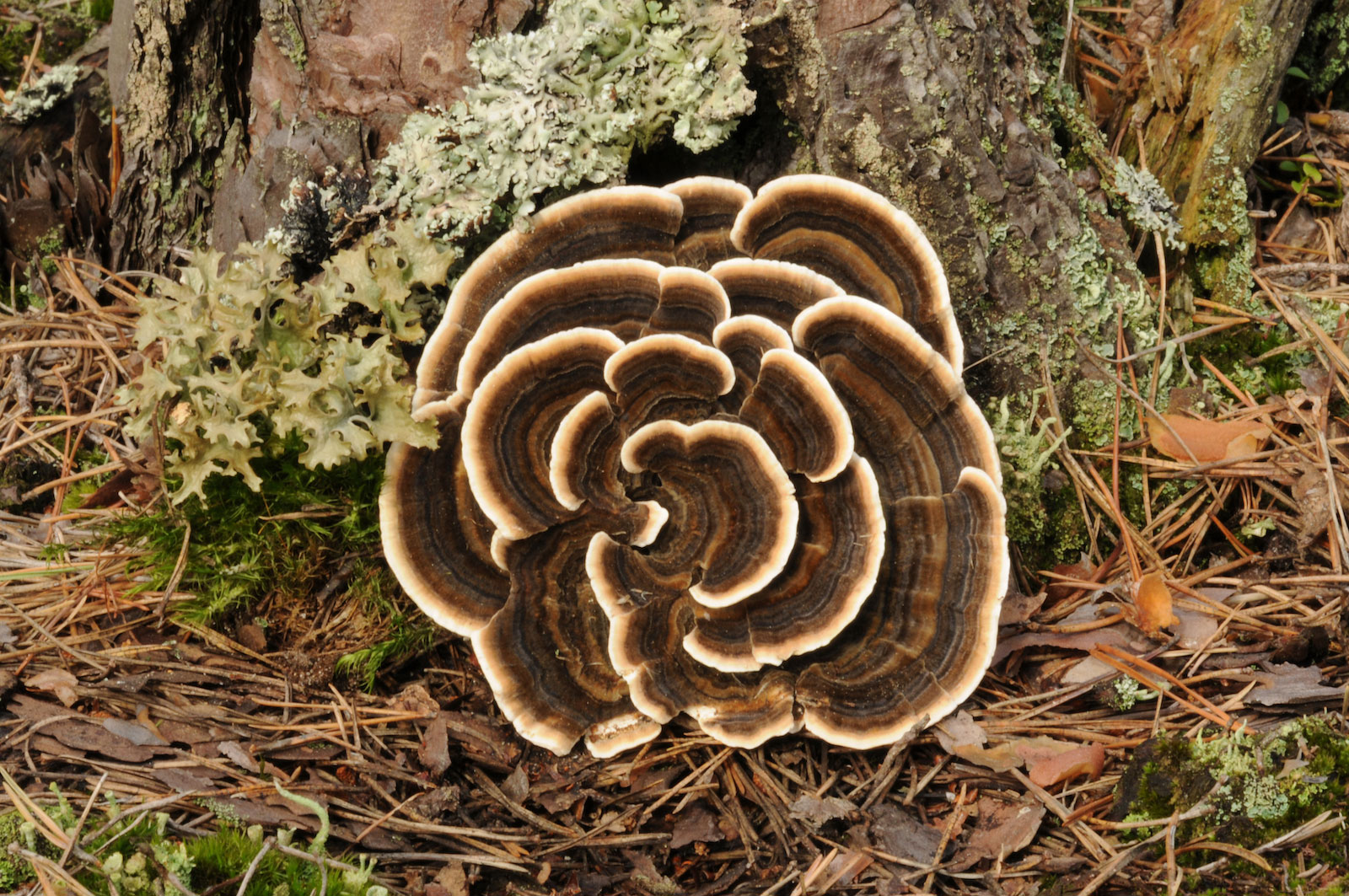WHAT YOU SEE IS WHAT YOU GET (Part 2)
Fruiting body vs mycelium
In Part One we delineated the two primary parts of a fungi, the fruiting body, aka the mushrooms, and the mycelium, the “roots” of the fungi. For a more detailed look at anatomy of a mushroom see the diagram below) Why is this delineation so important when it comes to mushroom supplements? And why does Mushroom Wisdom choose to use fruiting body for its supplements, with a couple of exceptions (more on these exceptions in a later blog). These are the questions we will explore here in Part Two.
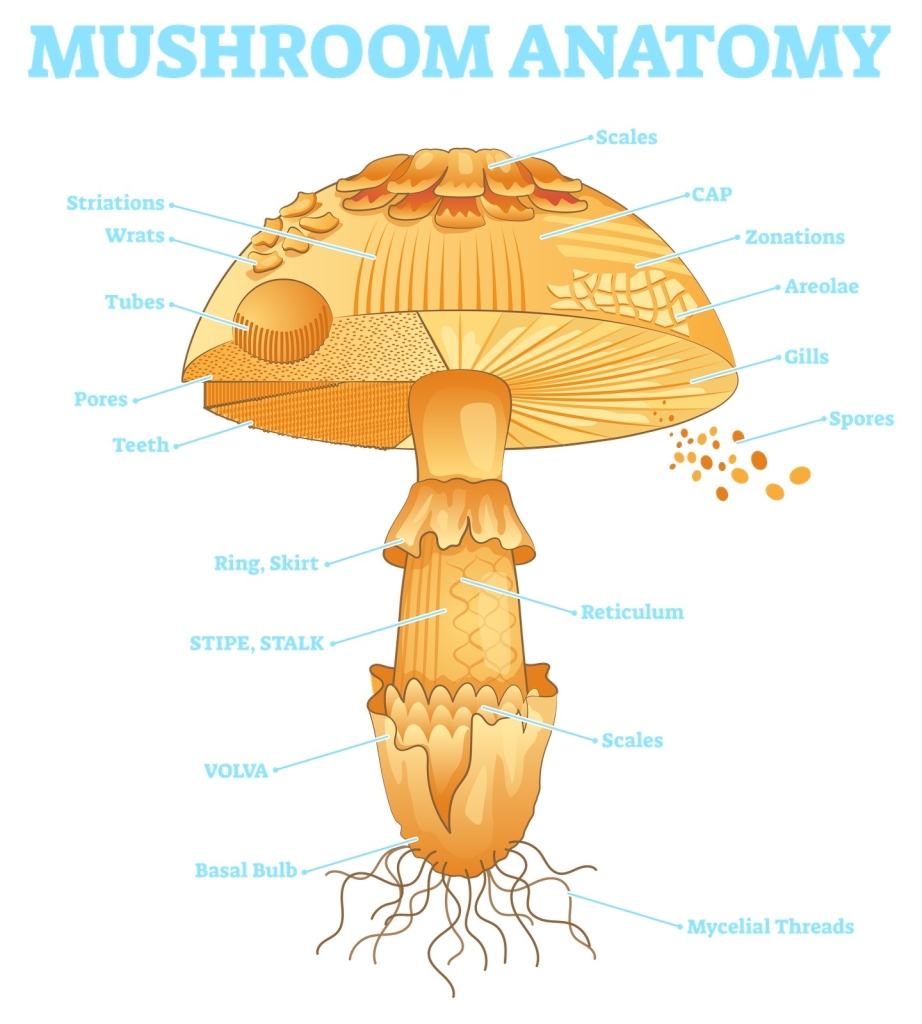 But before we get too far into these questions just a very brief refresher, in case you haven’t read Part One. The fruiting body is the above ground portion of the fungi, it’s the visible part. The fruiting body’s role is reproduction, making and distributing the fungal spores. They actually get their name from being the “fruit” of the mycelia. While hidden for the most part, the mycelium is actually the largest portion of the fungi made up of a filamentous web. It breaks down and absorbs organic matter so it can be absorbed and provide nourishment. You can think of the fruiting body as the apple on the tree, and the mycelium as the tree and roots of the apple tree.
But before we get too far into these questions just a very brief refresher, in case you haven’t read Part One. The fruiting body is the above ground portion of the fungi, it’s the visible part. The fruiting body’s role is reproduction, making and distributing the fungal spores. They actually get their name from being the “fruit” of the mycelia. While hidden for the most part, the mycelium is actually the largest portion of the fungi made up of a filamentous web. It breaks down and absorbs organic matter so it can be absorbed and provide nourishment. You can think of the fruiting body as the apple on the tree, and the mycelium as the tree and roots of the apple tree.
One might think that the world of growing mushrooms and producing mushroom supplements might be a friendly place but unfortunately, and unnecessarily in my opinion, it has turned a bit combative. And this battle revolves primarily around the use of fruiting body or mycelium being utilized in one’s products. So please, let me repeat the point I made in Part One, it is not about good vs bad, it’s about different. It comes down to what one is looking for. It is about apples and oranges. While fruiting body and mycelium may come from the same fungi, there are fundamental differences in what they are made of and what they offer. Mushroom Wisdom choses to use fruiting body for several reasons that I’ll try to elucidate here.
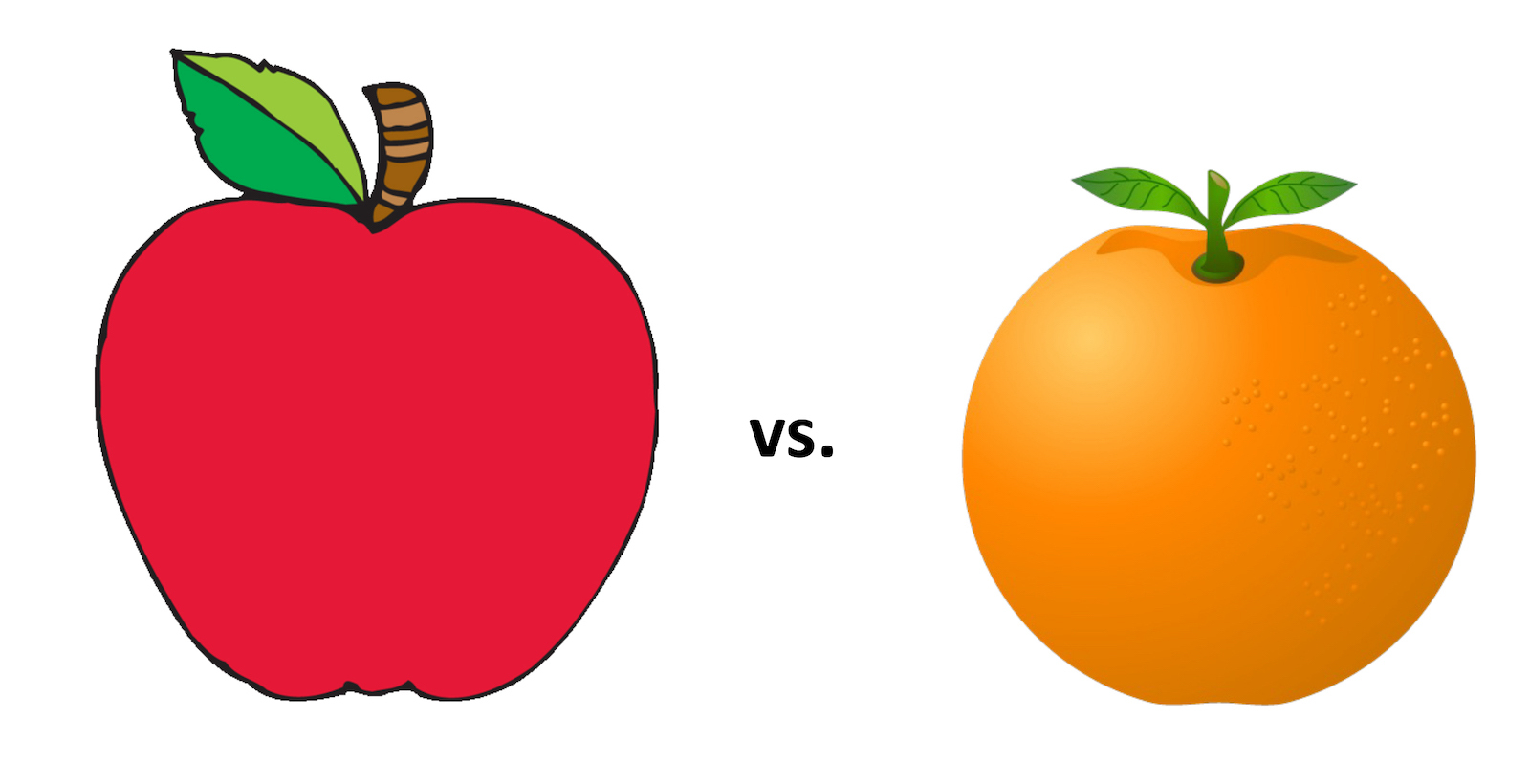
Choosing Fruiting Body
Mushroom Wisdom has chosen to use fruiting body in the production of their mushroom supplements for several key reasons:
- Tradition
- Growing
- 100% mushroom
- Constituents
- Science
Tradition
Mushrooms have been used for centuries by cultures around the world. The use of mushrooms for health supporting purposes was centered in Asia, where several mushrooms were considered the highest quality of medicines in traditional healing. Many of these applications and the energetics applied to them are still in use today. The part of the fungi that was used for all these centuries was the fruiting body (and in a couple of cases the sclerotium). At Mushroom Wisdom we use the slogan, “science complimenting ancient wisdom”. Embracing this philosophy we feel that if one is to apply this ancient wisdom then it is important that we use the same material as was employed traditionally, and that is the fruiting body.
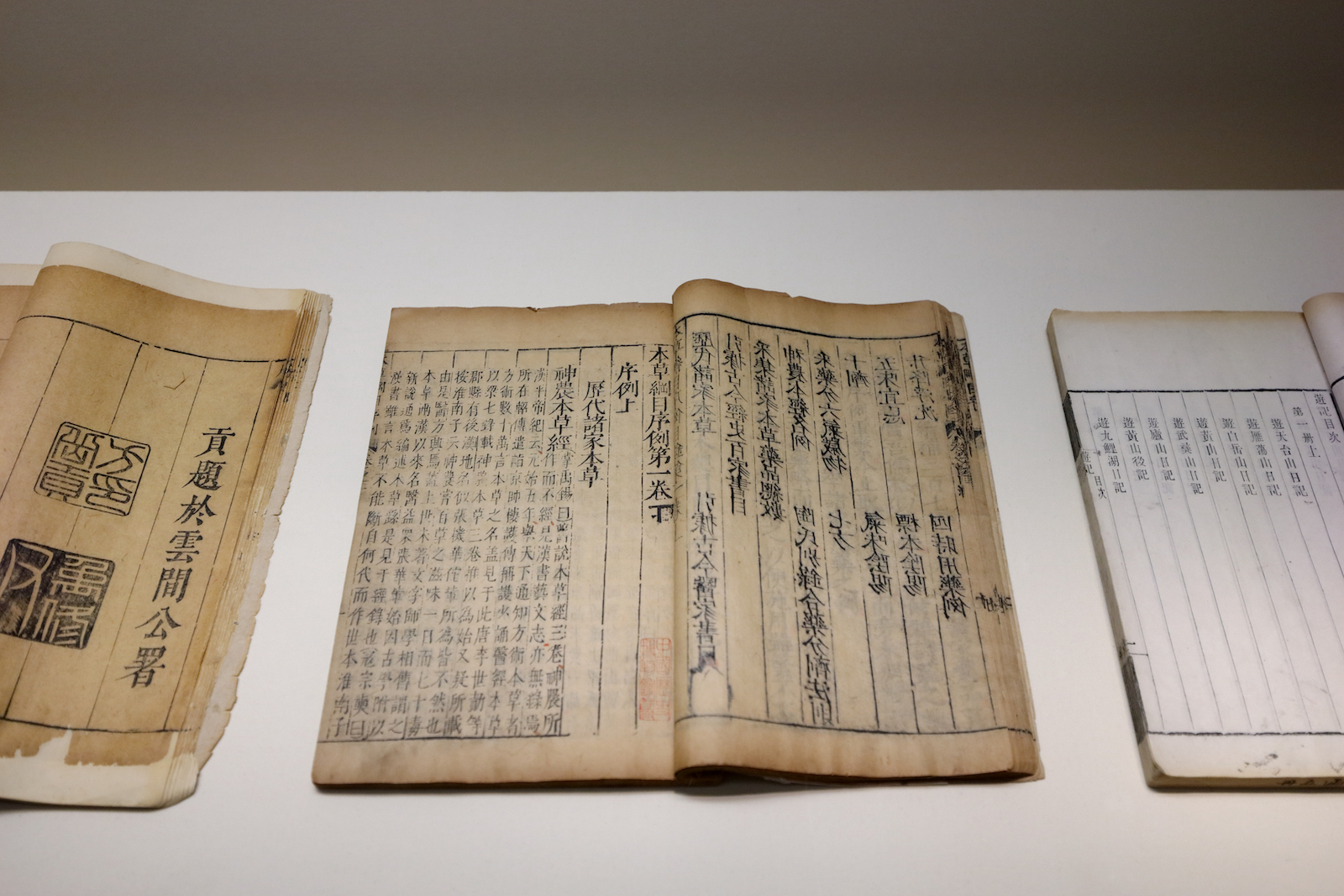
Growing
At Mushroom Wisdom we strongly feel that how a mushroom is grown strongly influences the constituents as well as the energetics. Consider something you may be more familiar with, tomatoes. Compare a tomato grown in a hothouse with a tomato grown in organic soil. Big difference there, isn’t there? Taste, nutrition, consistency, etc. are all quite different between the two. The same goes for the growing of mushrooms. We go to great lengths to mirror our growing of our mushrooms with how they grow in the wild. We try to match the environment, climate, and substrate, the biomass that the mushrooms are grown on. For mushrooms that are plentiful in nature, and where it doesn’t harm the local environment, we will wildcraft our mushrooms, as we do with our Super Chaga.
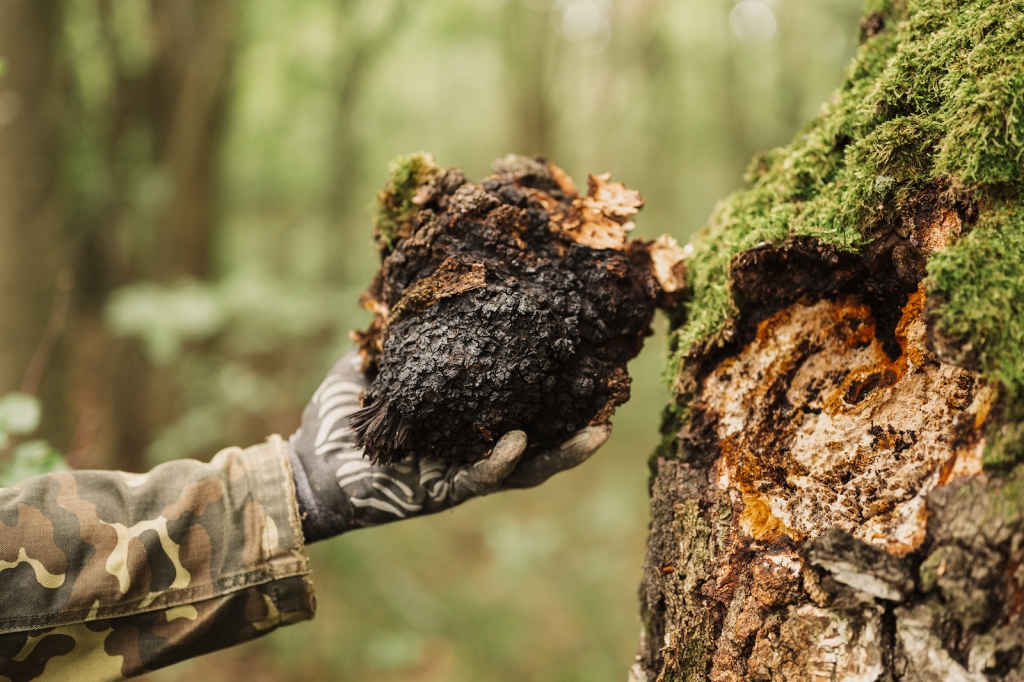 Chaga also is an excellent example of how important and impactful it is with regards to what a mushroom grows on. A key active constituent (betulinic acid/betulin) found in Chaga is derived from the Birch tree that it prefers to grow on. If Chaga is not grown on Birch, but rather on a grain (as they would grow it if they were using the mycelium) it would be lacking this important compound. When producing a product that is mycelium-based the most common process for doing this is to grow it on a grain. This is necessary because for all intents and purposes, the fine mycelium cannot be separated from the substrate upon which it grows, thereby requiring a material that is edible. When growing our mushrooms we look to nature to find out what the ideal food source is for each specific mushroom.
Chaga also is an excellent example of how important and impactful it is with regards to what a mushroom grows on. A key active constituent (betulinic acid/betulin) found in Chaga is derived from the Birch tree that it prefers to grow on. If Chaga is not grown on Birch, but rather on a grain (as they would grow it if they were using the mycelium) it would be lacking this important compound. When producing a product that is mycelium-based the most common process for doing this is to grow it on a grain. This is necessary because for all intents and purposes, the fine mycelium cannot be separated from the substrate upon which it grows, thereby requiring a material that is edible. When growing our mushrooms we look to nature to find out what the ideal food source is for each specific mushroom.
An example of the length that we go to in growing our mushrooms in a way that mirrors mother nature is seen with our Super Poria. While not well known in the West, Poria is one of the most widely used remedies in traditional Chinese patent medicine (traditional set formulas). Poria is a sclerotium that grows on the roots of pine trees. To grow our Poria we “impregnate” pine logs with the Poria spores and then bury them allowing nature, and the spores to do their thing. When the time is right, the logs are dug up with the sclerotium and then harvested. All this with the goal of providing you with the finest raw materials to utilize in the making of our mushroom line.
100% Mushroom
This is closely tied to the above segment on growing. As mentioned, mycelium-grown-on-grain products require the substrate to be edible rather than the natural food source for the mushrooms. And since it is not commercially viable to separate the mycelium from the substrate growers of this sort end up with a raw material that can be anywhere from 30 to 85% starch. It is important to note here that mushrooms contain very little starch, this means that a large portion of the mycelium-grown-on-grain material is actually grain, rather than mushroom. By growing our mushrooms on their natural food source, and allowing it to fruit, means that we are able to offer 100% mushroom. After all, our product is a mushroom supplement, so it only seems logical to offer 100% mushroom in our product and not significantly grain product.
Note: It is possible to grow mycelium-based products in a fermentation process where no grain is involved, as we do in the production of our Super Cordyceps, but the majority of mycelium products in the marketplace are grown-on-grain with their high starch content.
Constituents
In the end a mushroom or mushroom product can only be as effective as the constituents found in the raw material. The constituents are determined by how the mushroom is grown, what it is grown on (as in the Chaga example), and what part of the fungi is utilized to make the finished product. The chemical makeup of the fruiting body and mycelium can differ significantly. One example of this is with the triterpenes found in the Reishi mushroom. Reishi mycelium contain vary little, if any, mycelium, while the fruiting bodies are an excellent source of these key active compounds. Another example of the importance of what part is used is with the ever so important beta-glucans. Fruiting bodies contain on average 30 to 40% beta-glucan content while the mycelium on average comprises 5 to 7%. As many of you know, and in line with literally hundreds, if not thousands of studies, beta-glucans are the crucial compounds providing mushrooms immune health supporting activities.*
Science
Fruiting body has been the part used traditionally for hundreds of years,
while recently, the majority of the research has been performed utilizing the fruiting body. 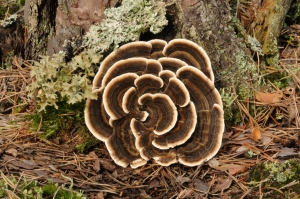 There has been research using the mycelium, in fact, in Japan there have been licensed drugs derived from mycelial products, namely from Coriolus, but much of it has been on mycelium produced through fermentation, and not grown-on-grain. It’s not to say that there is none, thanks to the current mushroom renaissance, researchers are looking at all sorts of differently grown and fed mushroom materials.
There has been research using the mycelium, in fact, in Japan there have been licensed drugs derived from mycelial products, namely from Coriolus, but much of it has been on mycelium produced through fermentation, and not grown-on-grain. It’s not to say that there is none, thanks to the current mushroom renaissance, researchers are looking at all sorts of differently grown and fed mushroom materials.
Choices
A mushroom product can only be as good as the raw material that is utilized in the manufacturing process. How they are grown and what it actually used are hugely determining factors. (Another key factor is how the mushroom raw material is processed in the supplement manufacturing process, a topic we will take up in the next blog post). Be sure to read the label thoroughly, especially the Supplement Facts on the side panel to make sure you are getting what you are actually looking for. And when in doubt, contact the company. (You can contact Mushroom Wisdom at 800-747-7418) At Mushroom Wisdom we do our best and take great care in how we grow our mushrooms, mirroring nature, growing them free of synthetic pesticides and fertilizers, all to offer you what we believe are the finest mushrooms supplements available today. We have been doing this for 30 years and plan on doing this for 30 more… and hopefully even longer.
